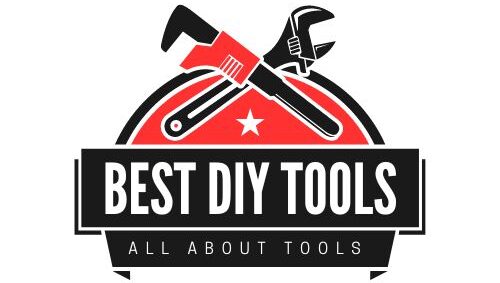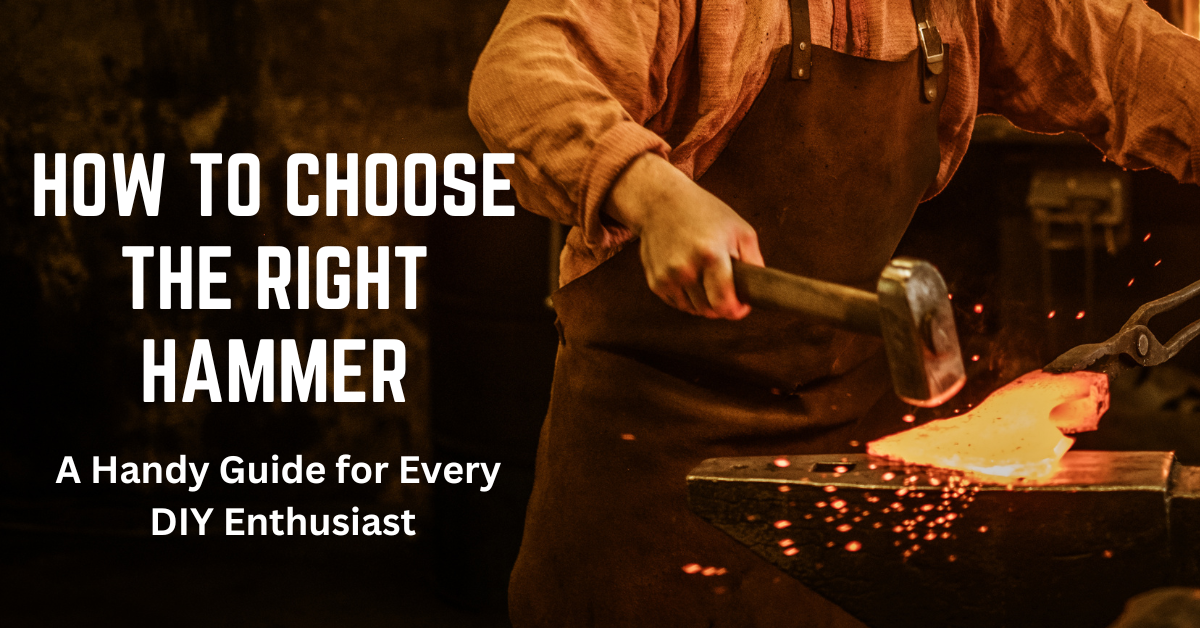When it comes to home improvement projects, having the right hammer is essential to ensure efficiency and successful results. Among the most fundamental tools in your arsenal is the hammer, a versatile and indispensable tool used for various tasks like driving nails, shaping materials, and demolition work.
However, with different types available, choosing the right one for your specific project can be a bit overwhelming.
This guide will help you navigate through the options and select the perfect tool for every task at hand.
Table of Contents
What is Hammer?
A hammer is a hand tool that consists of a handle attached to a heavy head, typically made of metal. Hammers are widely used for a variety of tasks that involve striking or driving objects. The head of the hammer is used to deliver impact force to drive nails, break materials, or shape metals.
The first step in choosing the right hammer is to identify the specific requirements of your project. Consider the materials you’ll be working with, the type of tasks you need to perform, and the level of precision required. For example, if you’re working with delicate materials like wood or need to avoid damaging surfaces, a Rubber Mallet or Dead Blow would be more suitable.
Identify Your Project’s Requirements
Understand the Different Hammer Types
Familiarize yourself with the various types of hammers and their unique features. Each type serves a specific purpose, and knowing their characteristics will help you make an informed decision. Some common types include:
| Hammer Type | Description |
|---|---|
| Claw Hammer | Versatile and suitable for general woodworking tasks, featuring a flat striking face and a curved claw for nail removal. |
| Ball-Peen Hammer | Ideal for metalworking and shaping tasks, featuring a rounded peen on one side instead of a claw. |
| Sledgehammer | Heavy-duty and designed for heavy impact tasks like breaking concrete and demolition work. |
| Rubber Mallet | Perfect for delicate materials, assembling furniture, and tasks that require a softer blow. |
| Framing Hammer | Specifically designed for framing and carpentry tasks, featuring a heavier head for driving large nails into lumber. |
- You may like to read Wrenches Guide – Wrenches Selection Made Easy: Free 2023 Guide For DIY Enthusiast
Consider the Hammer’s Weight and Size
The weight and size of the hammer play a significant role in its performance and usability. Lighter hammers, like Rubber Mallets or Tack, are suitable for precise tasks, while heavier such as Sledgehammers or Framing, are best for heavy-duty applications. Choose a hammer with a weight and size that you can comfortably handle without straining yourself during extended use.
Evaluate the Handle Material and Grip
A comfortable grip is crucial for maintaining control and reducing hand fatigue during prolonged use. Look for hammers with ergonomic handles made from materials that provide a good grip, such as rubber or textured materials. Avoid hammers with smooth handles that may slip during use.
Check the Hammer’s Head Material
The head material determines the durability and effectiveness. For striking faces, hardened steel is a common and robust choice, ensuring the longevity and efficient force transfer. Consider hammers with heads that are securely attached to the handle to prevent accidents during use.
Specialized Hammers for Specific Tasks
Some projects may require specialized hammers, such as:
- Drilling Hammer (Rotary Hammer):
Provide powerful and efficient drilling action, especially in tough materials like concrete, stone, or masonry.
- Drywall Hammer (Wallboard Hammer):
Designed specifically for hanging and securing drywall.
- Masonry Hammer (Brick Hammer):
Ideal for cutting and shaping stones or bricks in masonry work.
- Shingle Hammer (Roofing Hammer):
Specifically designed for roofing tasks, including installing shingles and driving roofing nails.
- Welding Hammer (Chipping Hammer):
Used in welding applications for removing slag and spatter from welds.
Budget and Quality
Lastly, consider your budget and opt for a hammer that offers good quality within your price range.
Investing in a durable and reliable tool will ensure it lasts through multiple projects and delivers optimal performance.
Choosing the right hammer is crucial for the success of your home improvement projects. By understanding the different types, their features, and your project’s requirements, you can confidently select the perfect hammer for each task.
Whether you’re working with wood, metal, concrete, or any other material, the right tool will undoubtedly elevate your DIY journey and help you achieve outstanding results.


3 thoughts on “Hammer Selection Made Easy: Free 2023 Guide For DIY Enthusiast”